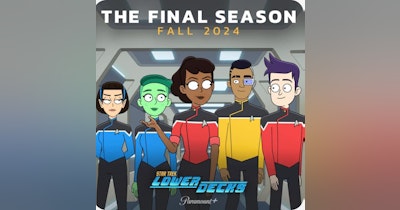We Wouldn't Have Star Trek Without Lucille Ball
The 'I Love Lucy' star was instrumental in shaping the future of the science fiction series.
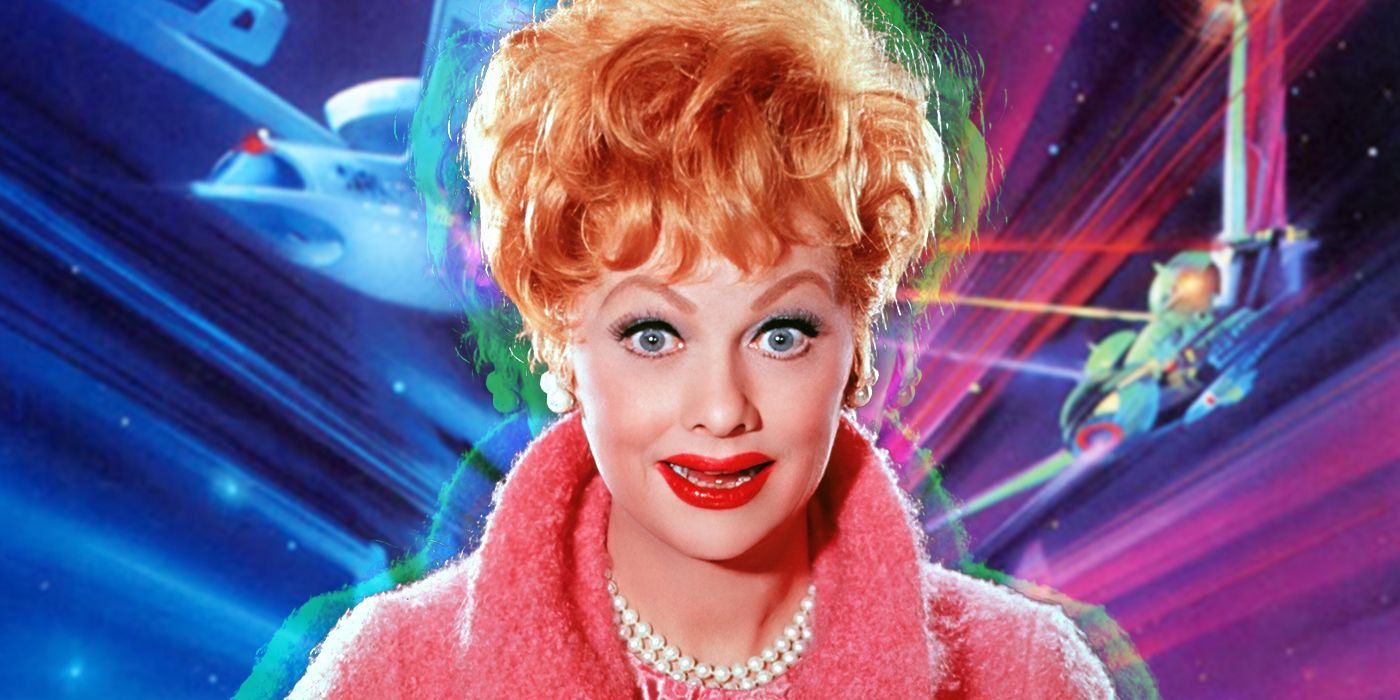
It's hard to imagine a world without Star Trek. The exploration of the final frontier has led to multiple TV series — including the bedrock of Paramount+'s offerings — as well as novels, movies, and even comic books. But that wasn't always the case. In fact, Star Trek's original pilot was received fairly poorly. But the series would find new life due to a surprising source: Lucille Ball. In fact, the I Love Lucy star is responsible for bringing Star Trek to television screens.The process, however, was a rough one as Ball had to deal with executives who didn't exactly see the value of the sci-fi series.
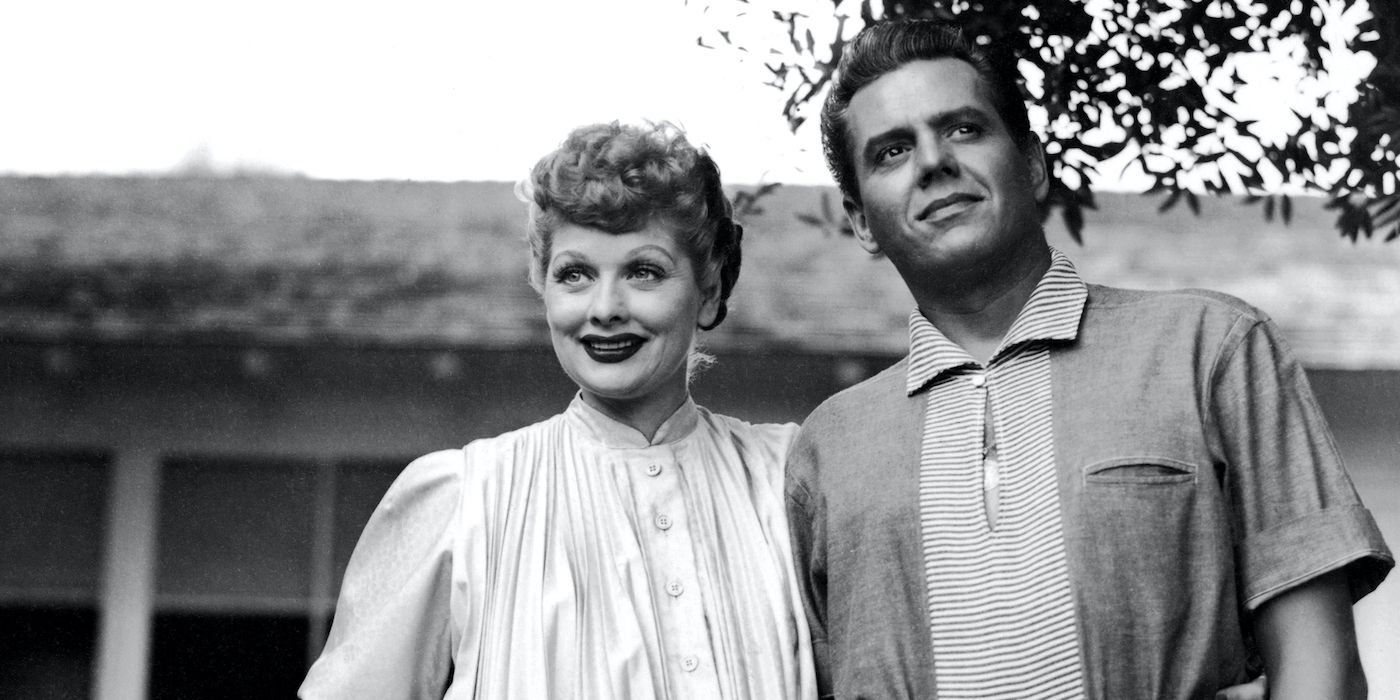
Ball rose to prominence with I Love Lucy, which became one of the most popular sitcoms in history. This success let Ball and her husband Desi Arnaz form their own production studio, Desilu Productions. Under Desilu, TV shows including The Untouchables and Mission: Impossible enjoyed popularity — even spawning film adaptations of their own down the line. Ball and Arnaz eventually divorced in 1960, but Ball ended up buying out the remaining shares of Desilu by 1962. This made her one of the first female producers to head her own studio, and she'd use her clout to secure the rights for Star Trek.
First she had to convince her board members that the show was worth it. The original series pilot, "The Cage," didn't exactly set the world on fire. In his autobigraphy Up Till Now, William Shatner — who was up for the role of Captain Christopher Pike — revealed that NBC thought "The Cage" was "too cerebral," "too intellectual," and "too slow." Granted, those are words that have become synonymous with Trek, but when you're attempting to launch a television series those are hardly the adjectives one wants to be associated with a show.
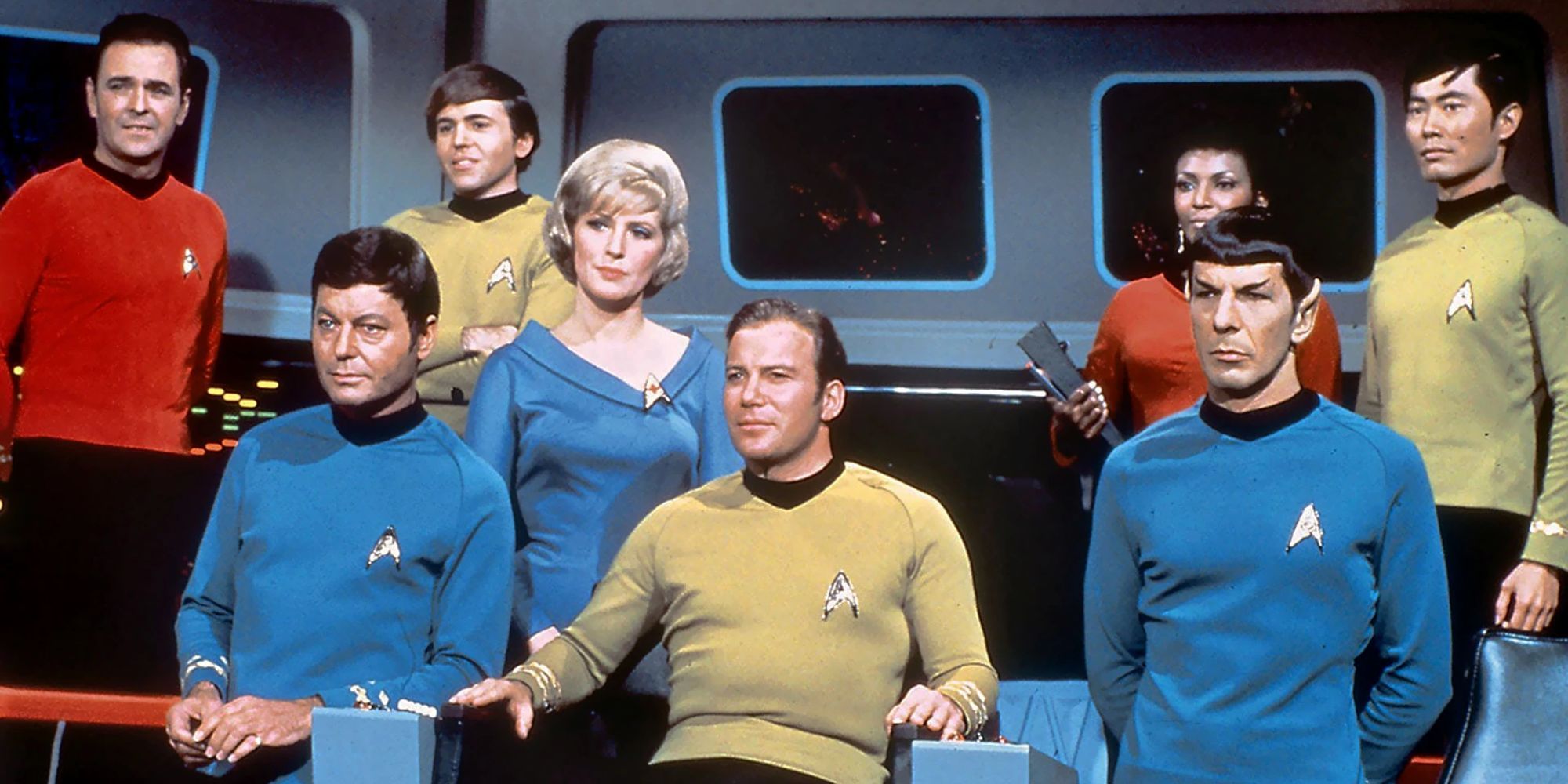
Ball eventually stepped in and financed a second pilot titled "Where No Man Has Gone Before," which would serve as the series premiere proper for Star Trek: The Original Series. Many of Desilu's board members objected to spending so much time and money on the project, but Ball stood by Gene Roddenberry's vision. Inside Star Trek: The Real Story author Marc Cushman made it clear that Ball had learned quite a few lessons from her ex-husband Arnaz when it came to taking crazy gambles.
But though Ball definitely saw the promise of Roddenberry's vision for Star Trek, the creator himself was less than forthright when it came to the nature of their relationship. Despite Roddenberry hyping up his personal connection with Ball, the two never met as she was busy with I Love Lucy in addition to helming her own production company. In fact, Ball almost fired Roddenberry when she learned he had been having an affair with his wife to be Majel Barrett. There was also the matter of Ball misunderstanding the nature of Star Trek. She apparently thought it was a show about actual Hollywood stars traveling across the globe for USO shows! Despite these roadblocks, Ball remained a major part of funding Star Trek: The Original Series and making sure it got on the airwaves.
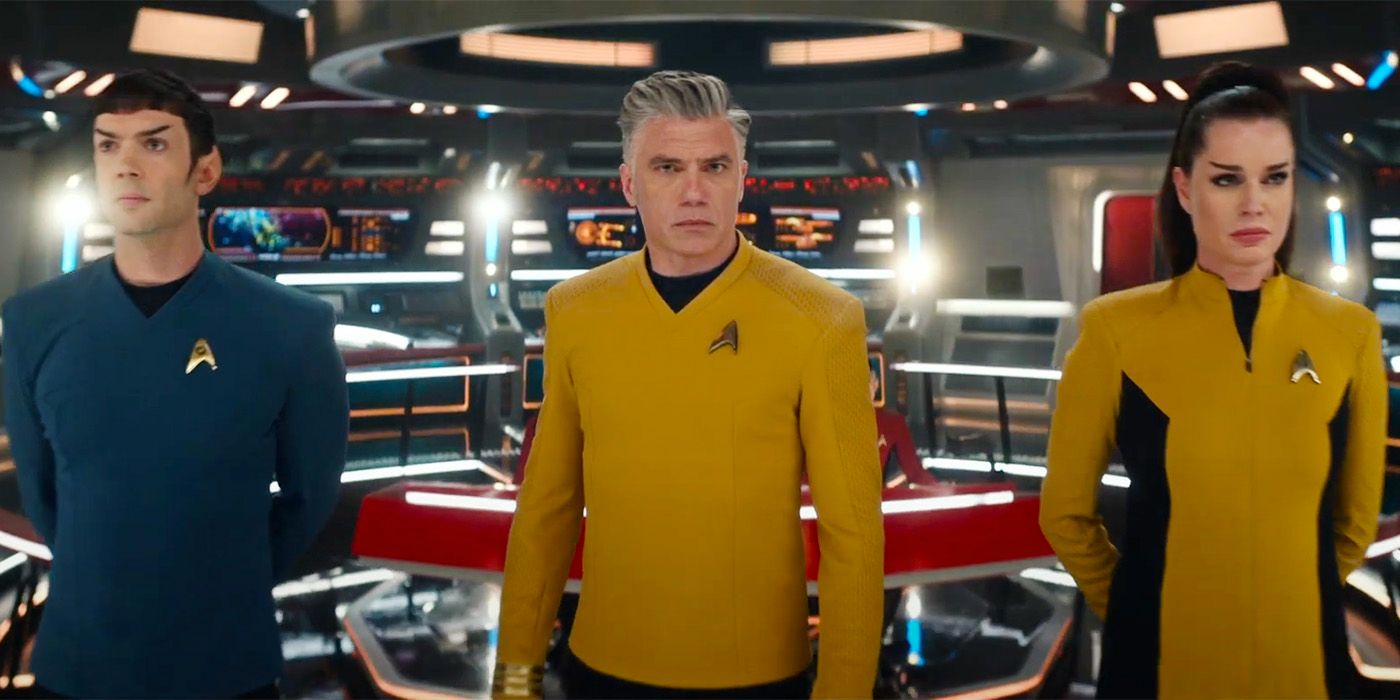
Ball bankrolling Star Trek gave Roddenberry the clout he needed to hire the cast he wanted, including Shatner and Forest DeKelly. Prior to playing Kirk, Shatner was actually considered for the role of Captain Pike before being rejected. DeKelly, who'd go on to play Leonard McCoy, was deemed "too sinister" for "The Cage." Barrett, who played the mysterious "Number One" in "The Cage," would later go on to play several roles in the Star Trek franchise including Christine Chapel in The Original Series and Lwaxana Troi in Star Trek: The Next Generation. In fact, the only character who reprised their role from the original pilot was Leonard Nimoy as Spock.
"The Cage" would later influence the two-episode story "The Menagerie," which saw Spock commandeering the Enterprise in order to complete a mission that Pike had embarked upon years ago. Large portions of "The Cage" were used for flashback sequences, mainly because Trek's special effects were starting to take a toll on the production schedule. The gamble ultimately paid off, as "The Menagerie" is considered to be one of the best episodes of The Original Series.
In a way, Strange New Worlds owes its success to the fact that Lucille Ball was willing to take a chance on Star Trek. The franchise's journey to television paralleled Ball's rise to running her own studio. Both have stood the test of time, and more than earned their place in pop culture.
Star Trek: The Original Series and Star Trek: Strange New Worlds are available to stream on Paramount+.


